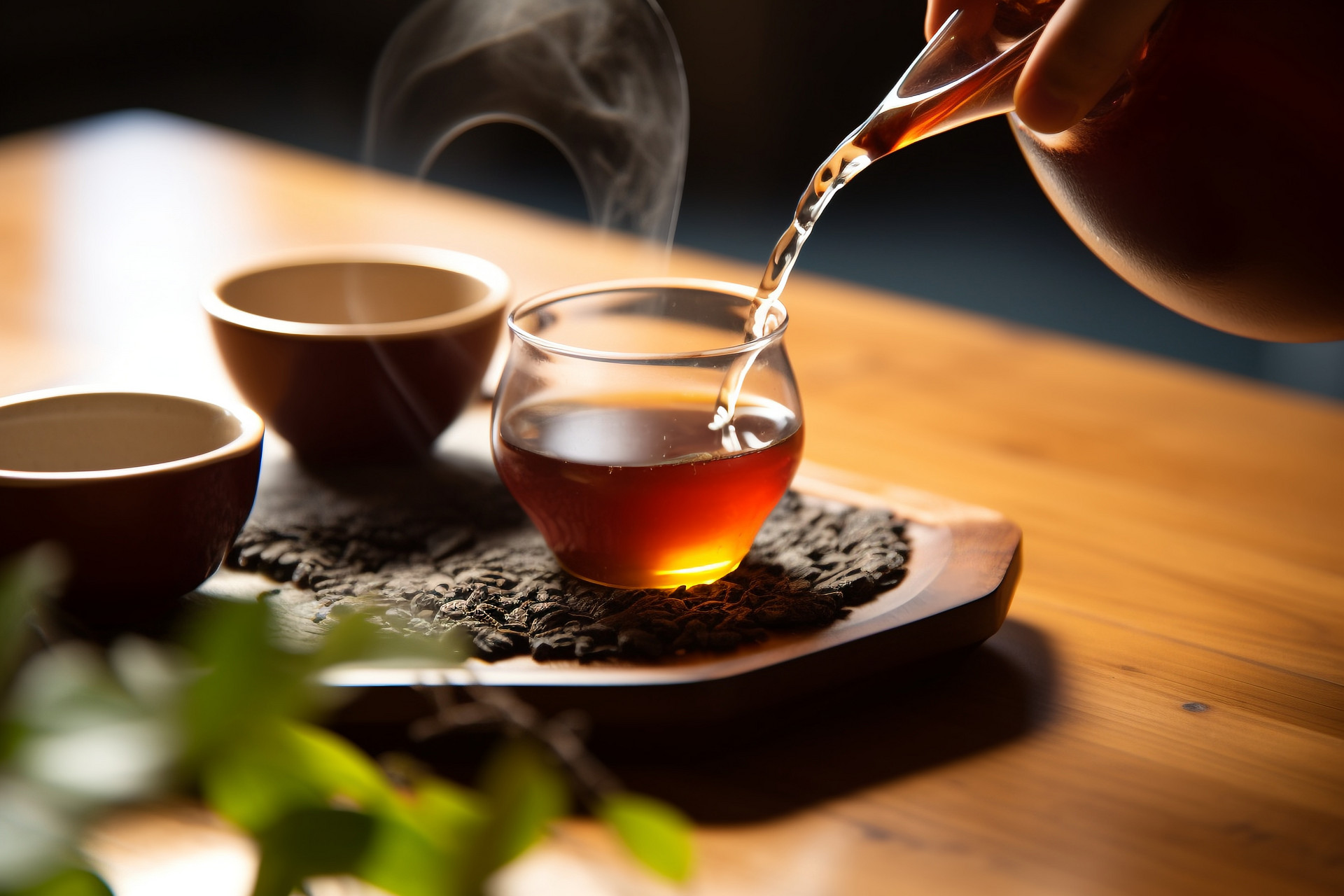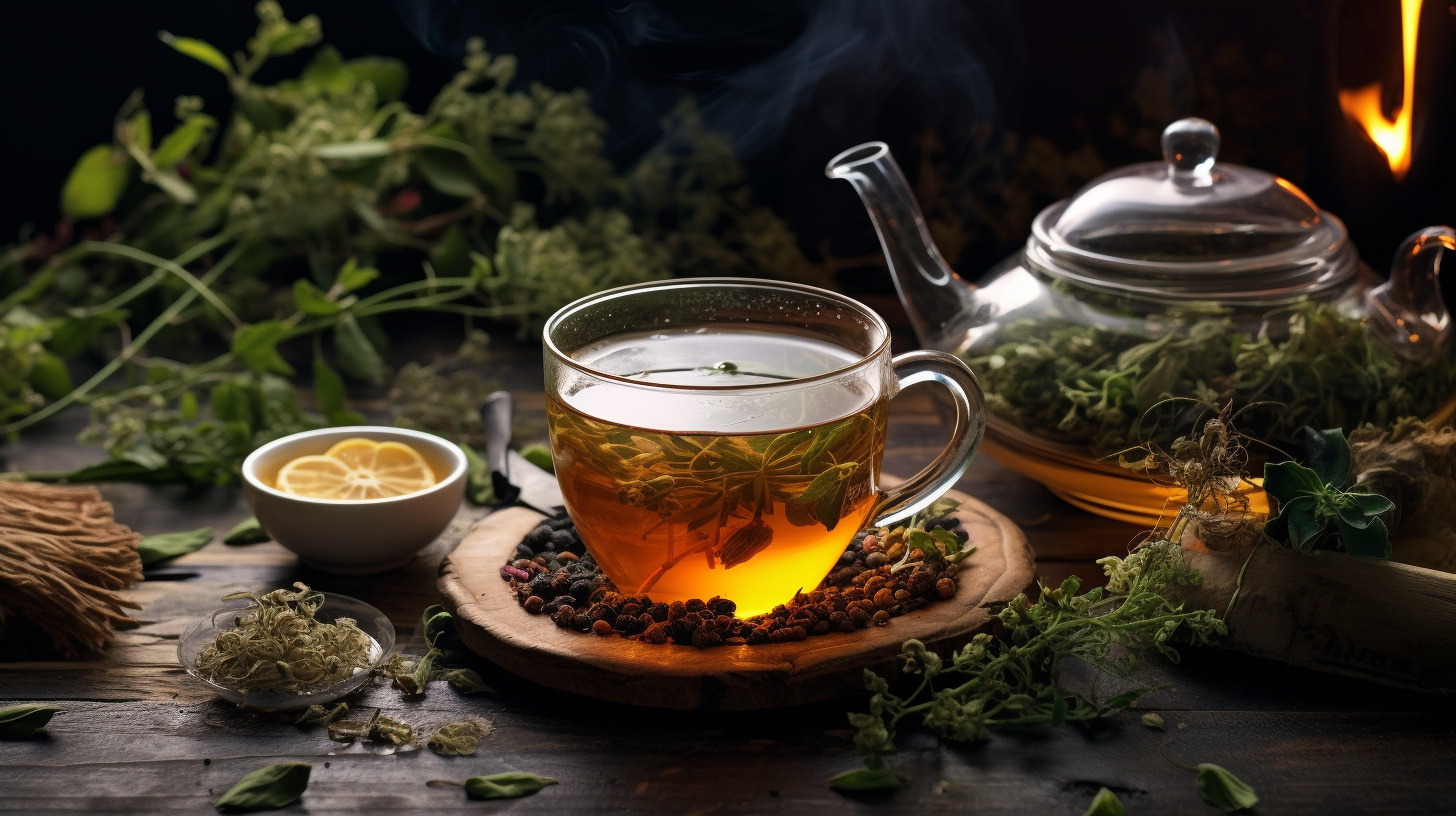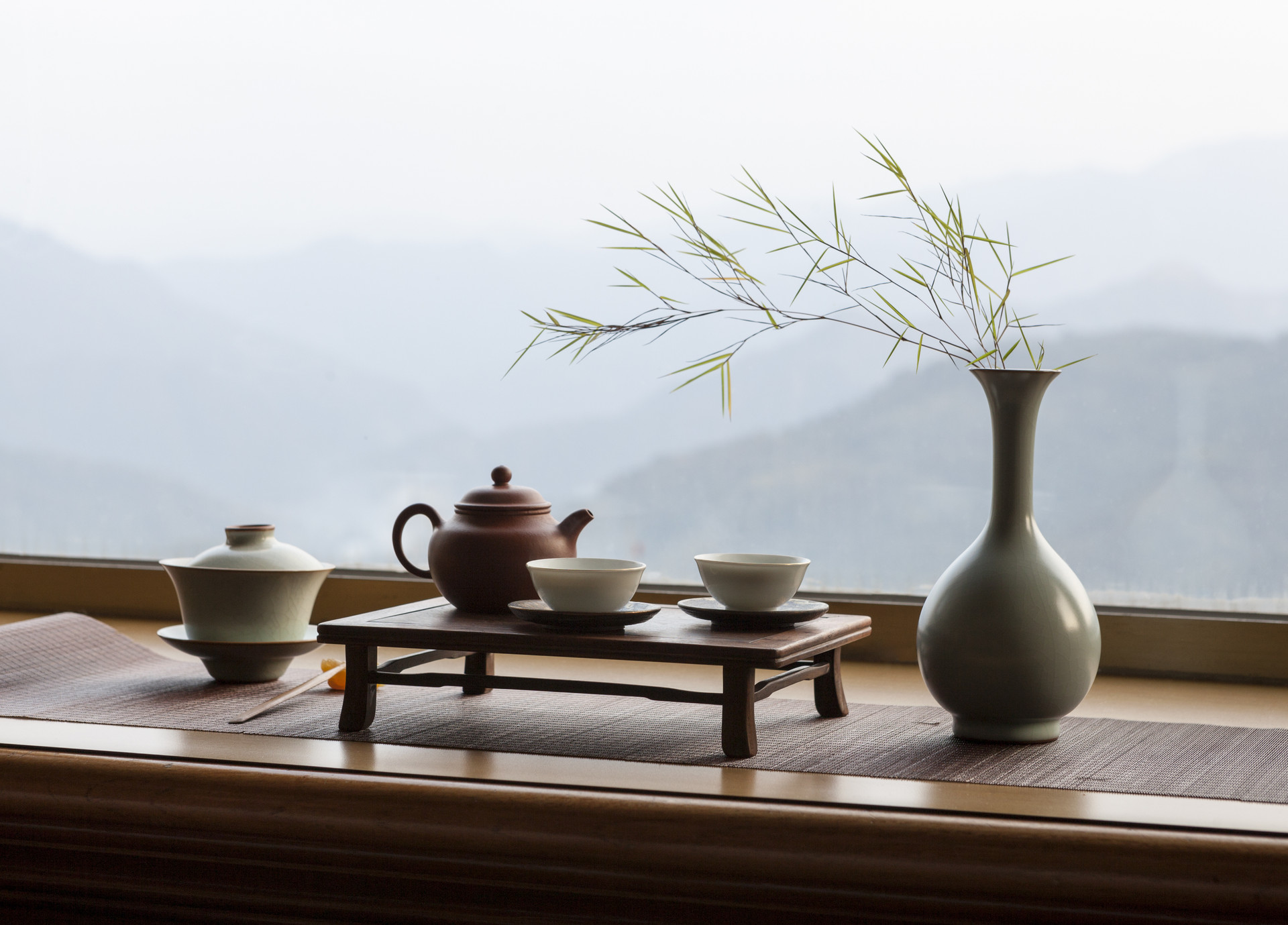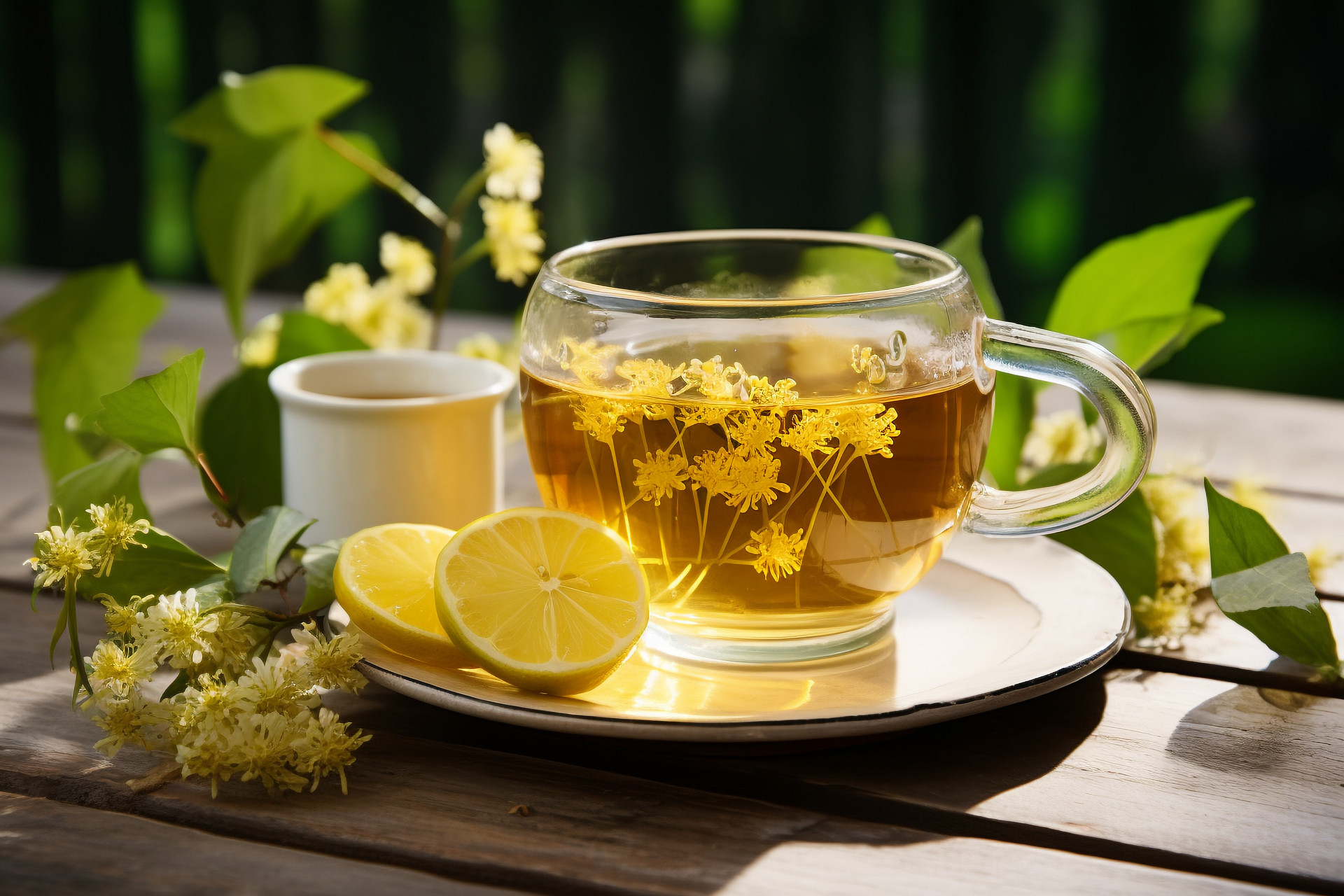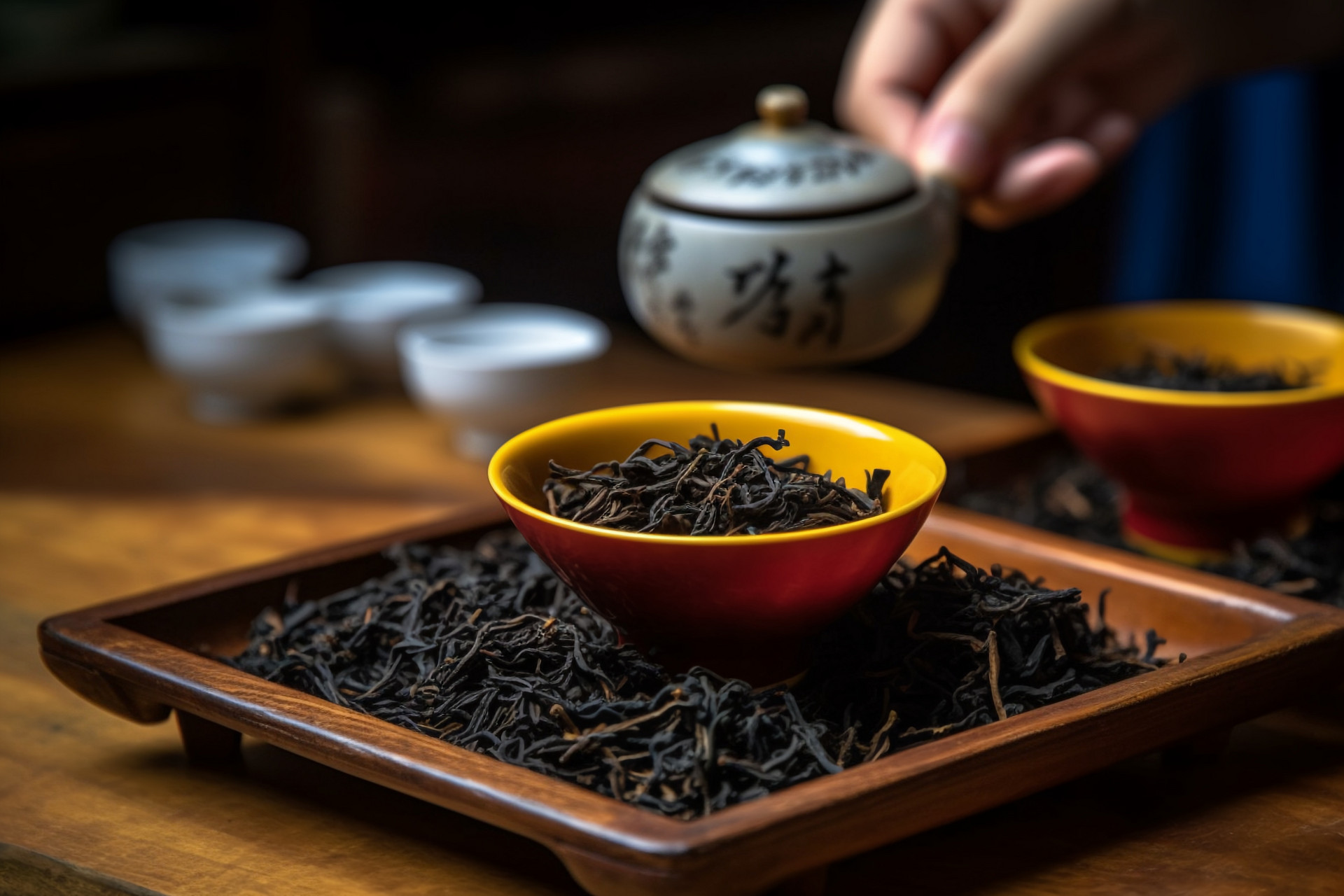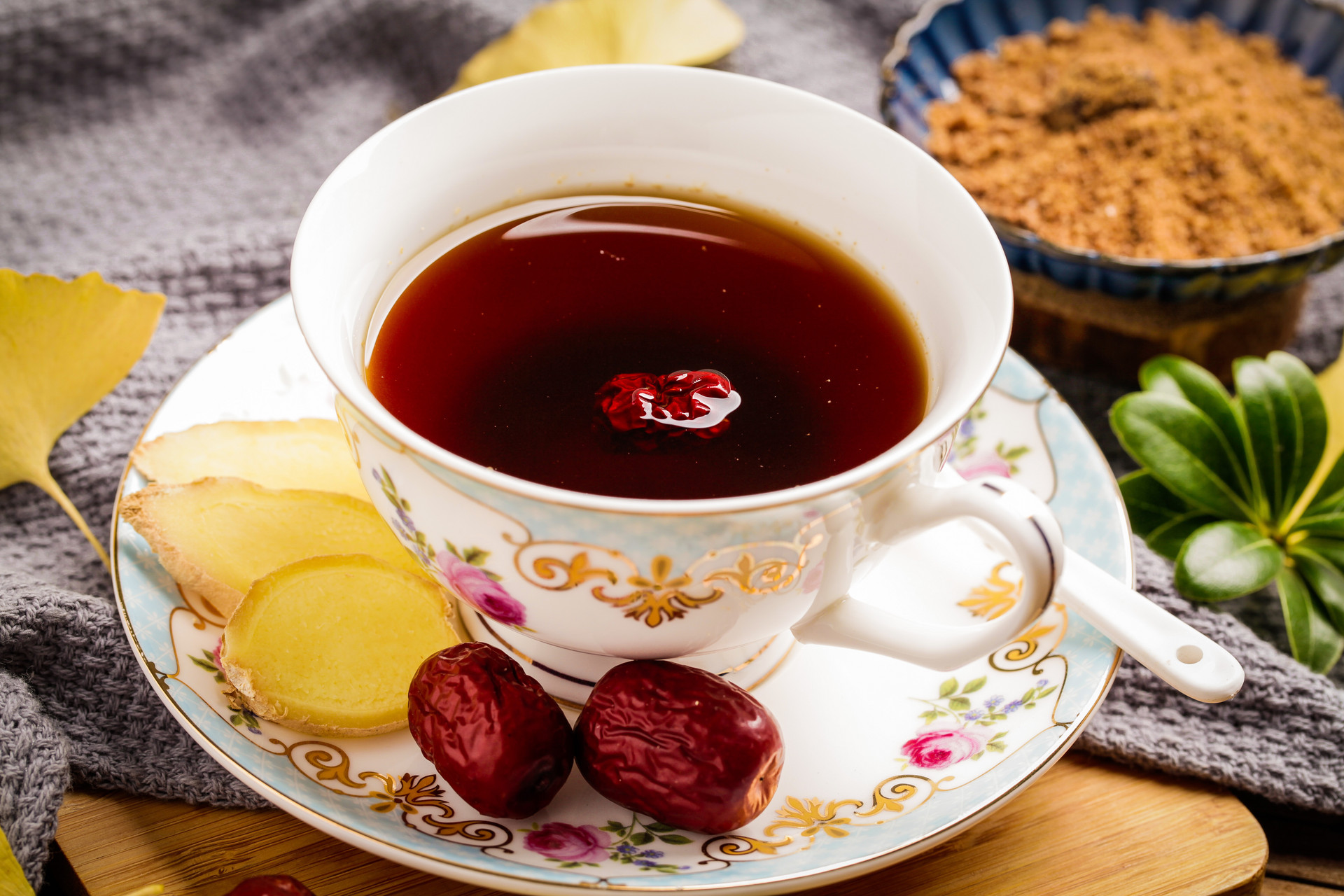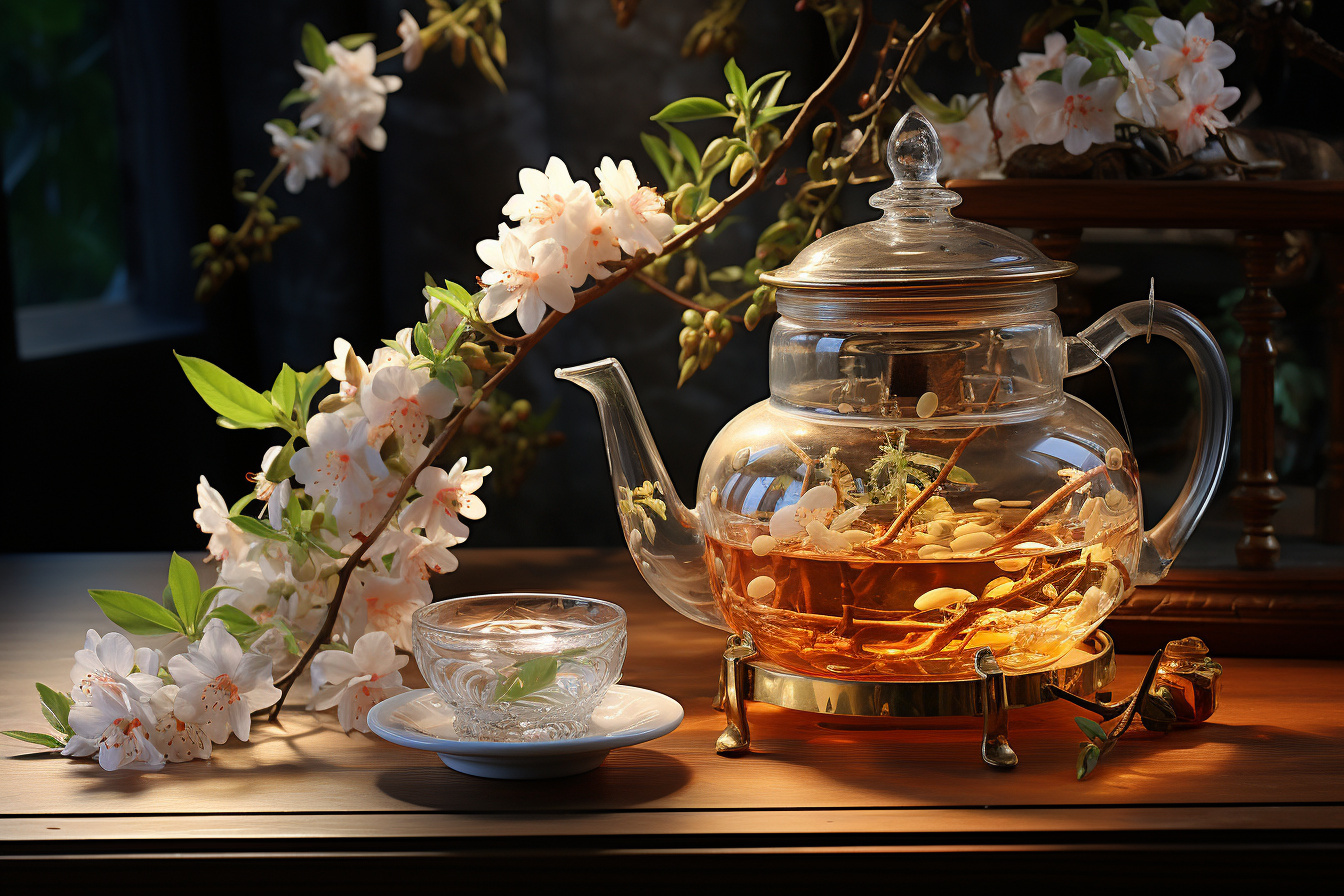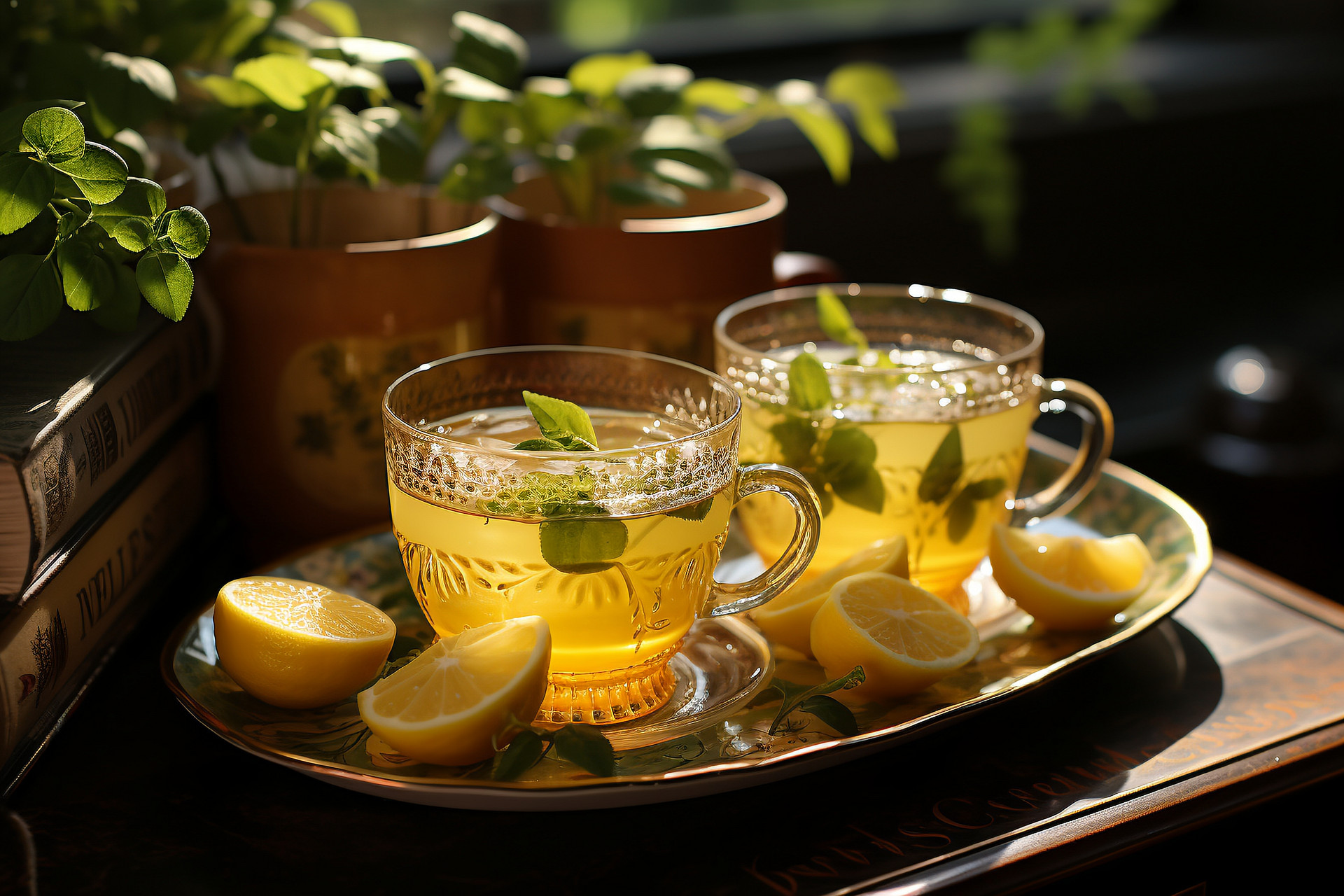Tea therapy can not only treat diseases, but also be used for disease prevention in healthy individuals. In order to make tea therapy effective, it is crucial to select appropriate tea therapy prescriptions and methods. There are several commonly used methods for using medicinal tea, as introduced below.
1. Brewing:
Brewing involves placing tea leaves or prepared medicinal tea in a container. If the medicinal tea contains tea leaves, it is advisable to use pottery or porcelain containers, which can maintain the original color, aroma, and taste of the tea without scalding the hands. If the tea does not contain tea leaves, a thermos can be used to maintain the water temperature, facilitating the extraction of active ingredients. After brewing with boiling water, the container can be covered and left to steep for a period of time. Generally, the tea can be brewed 2-3 times. This method is commonly used for medicinal teas with a single ingredient or only 2-3 ingredients, which are used for purposes such as inducing sweating, dispersing cold, relieving pain, stopping diarrhea, and improving eyesight. Brewing is also suitable for medicinal teas containing volatile components.
2. Decoction:
Decoction involves boiling the various medicinal ingredients in the tea and consuming the resulting liquid. This method is suitable when the medicinal tea contains multiple ingredients, or when the active ingredients need to be extracted by boiling for a certain period of time. Generally, medicinal teas for treating chronic diseases are consumed after decoction.
3. Combination:
There are two methods for combination. One is to grind the tea leaves or medicinal ingredients into powder and then decoct it with other herbs. The other is to grind non-tea medicinal ingredients into powder and then mix it with tea juice for consumption.
4. And consumption:
And consumption involves mixing the brewed or decocted medicinal tea with rice vinegar or wine and consuming it. This method is mostly used for dispelling cold and relieving pain, such as in the treatment of dysentery and heartache.
5. Holding consumption:
Holding consumption involves holding the medicinal tea juice in the mouth and then slowly swallowing it. This method is suitable for oral diseases such as acute and chronic pharyngitis, oral ulcers, and periodontitis.
6. Divided consumption:
Divided consumption involves consuming the medicinal tea juice in multiple doses, for example, dividing it into two doses to be consumed in the morning and afternoon. This method is often used for conditions such as urinary retention and edema.
7. Immediate consumption:
Immediate consumption involves consuming the entire amount of medicinal tea juice at once.
8. External application:
External application methods include rubbing, smearing, sticking, and applying, which involve grinding the tea leaves or medicinal ingredients into powder and mixing them with strong tea juice or licorice decoction for external application to the affected area. This method is mostly used for surgical and dermatological conditions such as eczema, abscesses, and ulcers.


![[The Risks of Eating Hawthorn During Pregnancy]](https://tcmmaintenance.com/uploads/20240715/97742b67f97f94c495ae1389337c5c41.jpg)
